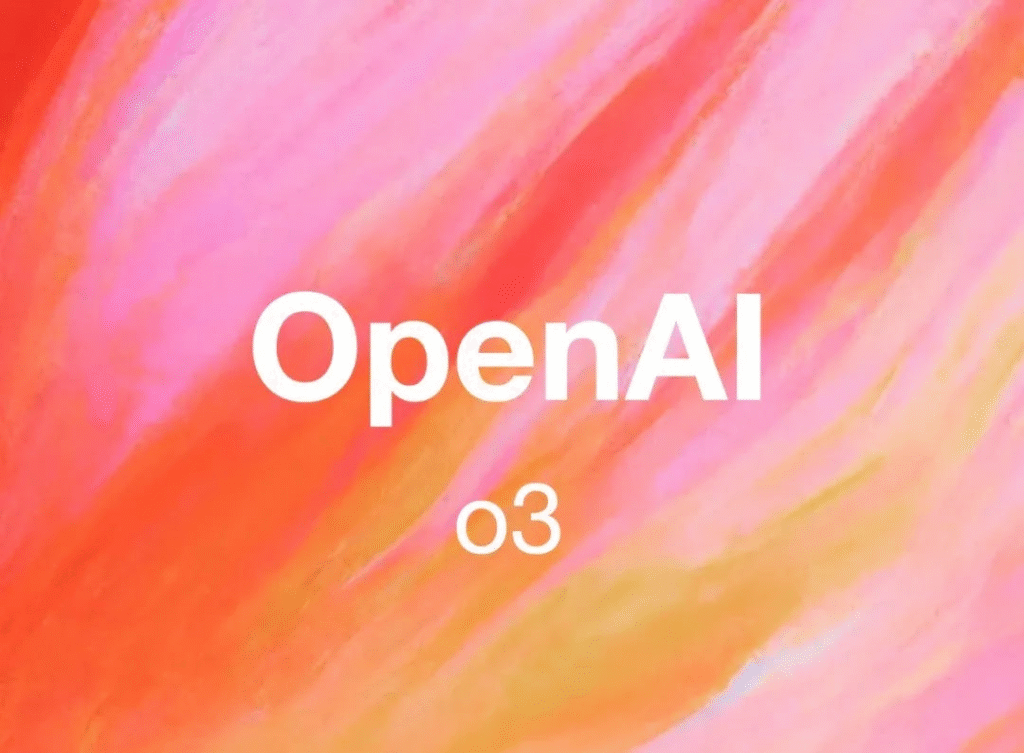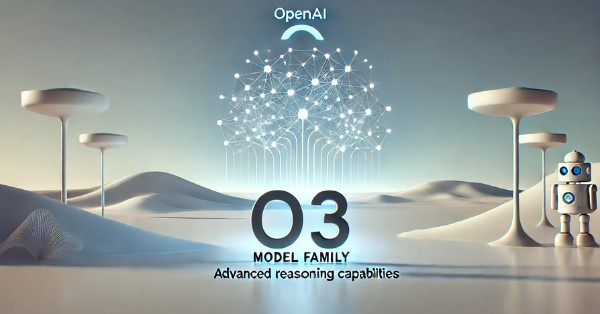OpenAI has improved Operator by using a new AI model called o3. Operator is a special assistant that can browse the web by itself and work in a virtual machine in the cloud. Operator can fill out forms, place online orders, and use software tools to help you with many tasks.

Why o3 Makes Operator Smarter
The previous version of Operator used a GPT 4o custom model. Math and reasoning tests are performed better by the new o3 model. It is able to address puzzles step by step and work more smoothly through long jobs. With o3, the Operator is able to consider each step of a job before actually acting.
How Safety Gets a Boost
Stronger Guardrails for Smart Tasks
OpenAI added special training data to o3 to teach it when to say yes and when to say no. The o3 version of Operator is less likely to do risky things or look for private data it should not find. It is also harder for people to trick it with tricky prompts. These changes help keep your work safe when the Operator does jobs on your behalf.
Other AI Helpers in the Race
Many tech firms are building AI agents like Operator. Google has a similar helper in its Gemini API and a service called Mariner. Anthropic makes agents that can open files and surf the web, too. OpenAI’s upgrade aims to keep Operator a top choice for smart, hands-free support.

Living with a Smarter Operator
With o3 Operator, you can ask the agent to find information online and then use apps for you. You might start your day by saying show me today’s news and then have it send you a summary by email. Later, you can ask it to create a report from your data files. The new model helps ensure each step is done right. OpenAI will still use GPT 4o for the public API version of Operator. But users of the hosted Operator agent will soon see the new o3 model at work. This update shows how AI agents are growing more able to handle real chores on the internet and in software.





